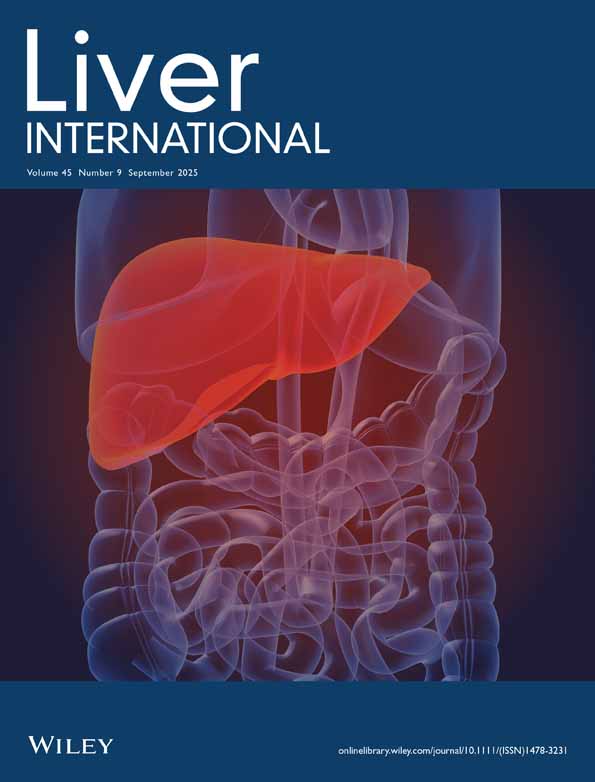Methodological problems in the use of indocyanine green to estimate hepatic blood flow and ICG clearance in man
Abstract
ABSTRACT— Liver blood flow (Q) is often measured by constant infusion of ICG (i), concentration measurements in an artery (A) and a hepatic vein (V): Q = (A – V)/A. Some authors use ICG clearance, Cl = i/A, as a measure of Q assuming complete hepatic extraction. During the infusion, the ICG concentration often increases. The importance of this for calculated values of Q and Cl was examined, and the use of Cl as a measure of Q was reevaluated. ICG was given as 0.06–0.20 μmol/min to 52 subjects with liver disease, and about 0.20 μmol/min to 86 subjects with no liver disease. ICG concentration increased steeply during the first 90 min after start of the infusion; thereafter the increment was constant as evaluated in successive 40-min periods in eleven 320-min studies (analysis of variance P > 0.5); on average, 6 ± 1% per hour (± SD). Q was not time-dependent (P > 0.5). ICG clearance decreased significantly, on average 5 ± 2% per hour (± SD). Hepatic extraction fraction, (A-V)/A, (measurement period 90–130 min) was 0.34 ± 0.21 in liver patients (± SD) and 0.61 ± 0.80 in controls. Cl and Q were positively correlated in both groups but with substantial scatter. Thus, not only is the calculated ICG clearance time-dependent but the extraction fraction is further so low and variable, that any use of ICG clearance as a measure of liver flow is not justified.




